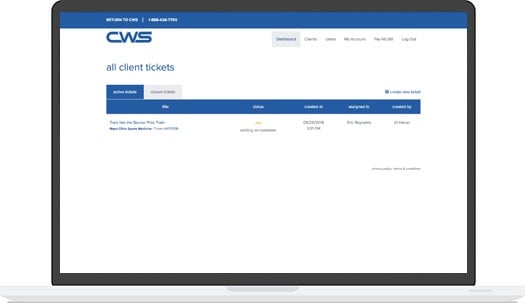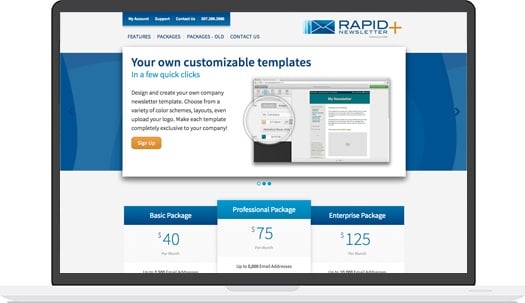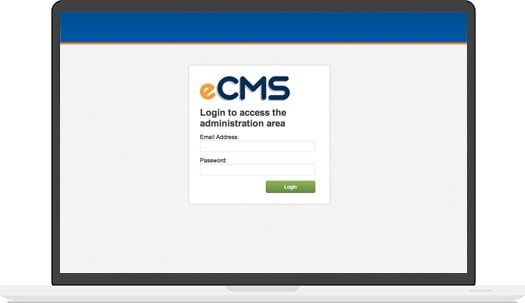E-commerce has come a long way from the early days of the Internet. Today's companies place just as much importance on their Web presence as they do on their brick-and-mortar stores. Let's talk about the multitude of ways that the e-commerce industry has changed in 2017, and what you can expect from online websites in the coming years.
Today's retail stores have shifted their focus from the seller to the consumer. Because today's e-commerce websites are experiential and focused on the user experience, ease of sale is what's most important. Take, for example, the concept of one-click shopping: It's all about seeing what the customer needs, prompting the customer to click a button, and shipping the product right to the customer's front door. That's what today's e-commerce is all about: making life easy for the customer.
2. The Mobile User and the Desktop User Are Not Different People
In the past, e-commerce websites had one marketing plan for their desktop consumers and another for their mobile consumers. This plan even went so far as to make sure that the look of the store was different for the different users. Today, however, the mobile and the desktop user are one and the same: The average user in North America has more than seven devices that are connected to the Internet, so someone that's looking on your site on their phone one minute is looking at your site on their laptop the next minute. Therefore, it helps to create a user experience that makes the transition between the devices as seamless as possible.
3. Your Competition Is Much More Fierce, So You Need to Stand Out
Content marketing has become so popular in 2017 because the average online shop is competing with more than 3,000 other shops. That is an exponential increase from 2011, when the average online shop would only compete with about 150 other shops.
Content marketing is a proven effective way for sites to establish their authority on the Internet: Using designated SEO keyword phrases, businesses write blogs or Web pages that focus on a topic relevant to the business, thus drawing potential customers in. Content marketing, of course, needs to be only one part of a bigger digital marketing strategy that also uses social media marketing to generate leads.
4. Order Fulfillment Has Become All-in-One
In the past, a retailer selling a product on the average e-commerce site would get an order and then be required to box it up, take it to the post office, and pay for postage. Today, however, there are many e-commerce websites that provide all-in-one services from the time of the transaction to the fulfillment of the order. Some e-commerce providers even go so far as to provide postage for the business, so the convenience factor is there.
5. Predictive Analysis and Artificial Intelligence Are Being Used
Have you ever shopped at an online store for a product only to get suggestions for three other items that are remarkably similar? For example, let's say you buy a cookbook by Martha Stewart at an e-commerce store; you then receive recommendations to buy three other books: one by Martha Stewart, one by Rachael Ray, and one about cupcakes in general. This e-commerce store used what's called predictive programming: It analyzed your purchase and search history and, based on this information, recommended other products you might like. Inevitably, this predictive analysis is expected to be used by all e-commerce outlets, leading to increased sales through cross-selling and upselling.
E-Commerce is and will continue to change with technology trends. By monitoring these trends and keeping current with changes, your e-commerce strategies will remain relevant and successful.
For more website tips and tricks, download the free ebook, 22 Website Hacks that Drive Traffic, Leads, and Sales.

.jpg?t=1533315998368) How-To Articles
How-To Articles Support Portal
Support Portal Webmail
Webmail Rapid Newsletter+
Rapid Newsletter+ eCMS
eCMS


 PJ Calkins is a Solution Engineer. He is an expert at identifying client needs, marketing strategies and budgets. PJ has managed over 4.5 million dollars in PPC advertising and analyzed almost 1 million unique website visitors across dozens of websites & industries. Because of his lengthy experience running a small business, he also has tons of experience in problem solving and creative brainstorming.
PJ Calkins is a Solution Engineer. He is an expert at identifying client needs, marketing strategies and budgets. PJ has managed over 4.5 million dollars in PPC advertising and analyzed almost 1 million unique website visitors across dozens of websites & industries. Because of his lengthy experience running a small business, he also has tons of experience in problem solving and creative brainstorming.
